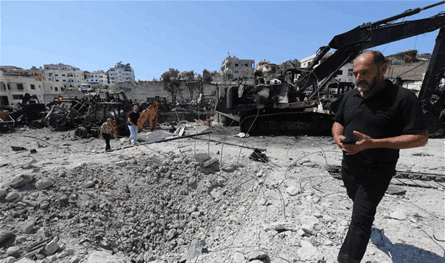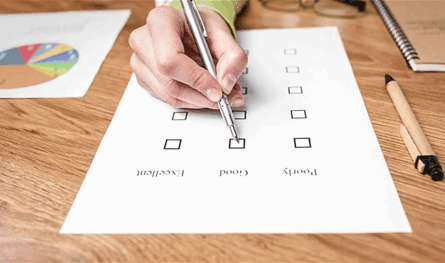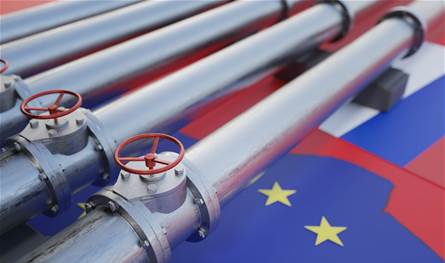Two parallel paths after the government session

After the last government session, the political scene in Beirut seemed as if everyone had deviated from the settlement that took place. However, the issue of inventory of weapons remained stuck, and is more like a file open to multiple possibilities, which cannot be resolved with one session or even a ministerial statement. This file, with its sensitivity and internal and external intertwining, places Lebanon in front of two parallel tracks, one of which is in the hands of the Lebanese state and the other is in the hands of Hizbullah, and each has its accounts and steps.
The first track is the state’s attempt to feel the pulse of Hezbollah. It is clear that the government, albeit in a limited way, thinks about testing its capabilities to implement its decision to limit the weapon. The beginning may be with small steps that do not bear the nature of direct confrontation, but rather gradual measures, such as sending the army to some security points that are relatively marginal or to certain stores, and may be arrested by some of the less weight cadres. The aim of these steps is not to enter into a comprehensive clash, but to measure the party’s reaction and know the limits of its tolerance, so that it can be graduated later if the circumstances allow.
This path carries a bet on the possibility of controlling tension and not detonating it in the street, especially since any open confrontation may return the country to an unbearable cycle. The party is convinced that the time is playing in its favor, and that the ongoing international and regional transformations, from the war in Ukraine, to shaking the European scene, through the variables in the Middle East, will gradually lead to the decline in American pressure on the region. From this standpoint, the party’s strategy is to pass time and avoid internal attrition, pending the clear image of the major balances. And when the American momentum hides, the party believes that it will be able to rearrange its papers from the position of strength, whether on the Lebanese or regional scene. The convergence between these two tracks opens the door to an accurate stage. The state is trying to test its borders without slipping into a direct confrontation, while the “party” is betting on the factor of time to overcome this stage without making major concessions. This fragile balance may last for a while, but it remains threatened with collapse at the first unaccounted friction. Just a extra step from the state or an excessive reaction from the “party” may change the rules of the game and open the door to a new crisis. After the government session is not as before. Everyone came out satisfied, but this satisfaction is temporary, conditional, and vibrating at any turn. The two paths are not canceling each other, but rather they walk together in one context: a country that tries to restore its role gradually, and a party that sees that waiting is the best weapon at this moment. Between the two, Lebanon remains stuck in a gray space, neither is a confrontation nor a complete settlement, but rather to manage an open crisis on the possibilities of the future.
Source:
Specific Lebanon 24
The post Two parallel paths after the government session appeared first on 961 tobay Lebanon today.















